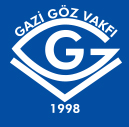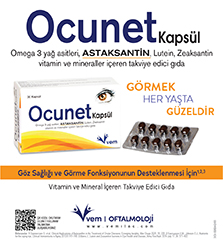Retina-Vitreous
2019 , Vol 28 , Num 2
Multiple Evanescent White Dot Syndrome Presenting that as Central Serous Chorioretinopathy
1Doç. Dr., Ankara Eğitim ve Araştırma Hastanesi, Göz Hastalıkları, Ankara, Türkiye2Uz. Dr., Aksaray Eğitim ve Araştırma Hastanesi, Göz Hastalıkları, Ankara, Türkiye
3Yrd. Doç. Dr., Medipol Üniversitesi, Göz Anabilim Dalı, Ankara, Türkiye
4Prof. Dr., Ufuk Üniversitesi Tıp Fakültesi, Göz Anabilim Dalı, Ankara, Türkiye A 28-year-old man presented to the clinic with metamorphopsia, central scotoma, and visual loss in his right eye. After detailed ophthalmic examination, fundoscopy showed localized elevation of the macula,and optical coherence tomography also showed subretinal serofi brinous accumulation temporal to the fovea. He was evaluated as idiopathic central serous chorioretinopathy (CSCR). At the fifth day of presentation he was seen by the retinal consultant with fl uorescein angiography (FA) and indocyanine green angiography (ICGA) which were characteristic of multiple evanescent white dot syndrome (MEWDS) in the right eye. The diagnosis was changed as MEWDS presenting that as CSCR, and it was seen that the serofi brinous elevation began to decline after the first week of presentation. Symptoms and visual disturbance recovered without any further treatment at sixth month in this case. Keywords : Multiple evanescent white dot syndrome, subretinal serofi brinous exudate, central serous chorioretinopathy




